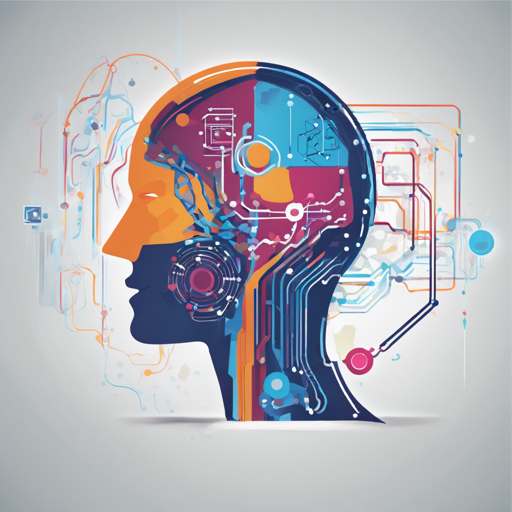Welcome to our comprehensive guide on utilizing ERNIE 2.0, Baidu’s continual pre-training framework that has taken the AI community by storm! In this article, we’ll walk you through the steps to set up and use the ERNIE 2.0 model, alongside troubleshooting tips for a smoother experience.
What is ERNIE 2.0?
ERNIE 2.0, which stands for Enhanced Representation through kNowledge Integration, builds on the fundamental idea of continual learning. Since its inception in 2019, it has shown remarkable efficacy in tasks like natural language understanding, surpassing even established models like BERT and XLNet in various benchmarks.
How to Set Up and Use ERNIE 2.0
To embark on your journey with ERNIE 2.0, follow the steps below:
- Step 1: Install Necessary Libraries
Before we dive into the code, make sure you have the required libraries installed. ERNIE 2.0 is built using PyTorch, so you’ll need the Transformers library installed:
pip install transformers - Step 2: Import the Required Classes
After installing the necessary libraries, you’ll need to import the required classes to start using the ERNIE 2.0 model:
from transformers import AutoTokenizer, AutoModel - Step 3: Load the Tokenizer and Model
With the imports in place, it’s time to load the tokenizer and model. You can do this with the following code:
tokenizer = AutoTokenizer.from_pretrained("nghuyong/ernie-2.0-large-en")
model = AutoModel.from_pretrained("nghuyong/ernie-2.0-large-en") - Step 4: Start Using the Model
Now that you’ve loaded the model, you can start applying it to your own text data for various NLP tasks such as sentiment analysis or entity recognition!
Understanding the Code: An Analogy
Think of using ERNIE 2.0 like preparing a gourmet meal. Here’s the breakdown:
- Ingredients: The libraries you install are like the ingredients you gather; without them, you can’t cook.
- Recipe: Importing classes is akin to following a chef’s instructions. You’re getting the tools necessary to create your dish.
- Cooking: Loading the tokenizer and model is similar to putting your ingredients into the pot. You’ve initiated the cooking process!
- Serving: When you input data into the model, it’s like serving the dish for tasting. You can see how well you did!
Troubleshooting Tips
If you encounter any issues while using the ERNIE 2.0 model, consider the following:
- Ensure Proper Library Installations: Double-check that the Transformers library is properly installed.
- Model Name Accuracy: Verify that you are using the correct model name in the loading functions.
- Check Internet Connection: An active internet connection is required for the model to download necessary components.
For more insights, updates, or to collaborate on AI development projects, stay connected with fxis.ai.
Conclusion
And there you have it! With the steps outlined above, you can easily integrate ERNIE 2.0 into your projects and start leveraging its capabilities for various natural language tasks. Remember, practice makes perfect, so don’t hesitate to experiment!
At fxis.ai, we believe that such advancements are crucial for the future of AI, as they enable more comprehensive and effective solutions. Our team is continually exploring new methodologies to push the envelope in artificial intelligence, ensuring that our clients benefit from the latest technological innovations.
Learn More About ERNIE 2.0
If you’re interested in delving deeper, you can check out the official PaddlePaddle ERNIE repository here or explore the PyTorch conversion repository here.

